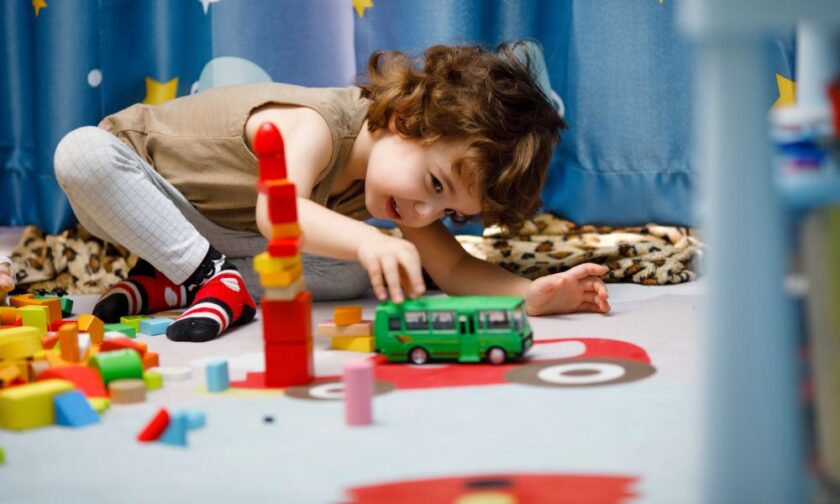Parents of children with Autism Spectrum Disorder (ASD) often struggle knowing how to raise their child when their needs are so different from other kids’. Children with autism have unique motivations for behavior, and understanding these motivations is a constantly evolving process. You need to use a completely different parenting playbook when caring for a child with autism—we offer a few tips to help your child flourish in a world that isn’t structured with them in mind.
Learn About ASD, Learn Your Child
The first step is understanding the tendencies of a person with autism. While your child shares many physical and personality traits with you, they will likely develop repetitive and non-social behaviors that you can’t relate with. Also, expecting them to reciprocate emotion when you’re sad is often not realistic. That said, it’s very important to learn your child’s individual tendencies. People with ASD are often averse to certain sensations, like touching blades of grass, but your child may love that feeling and hate touching pool water. They may also exhibit sadness, but through yelling or shaking instead. People with autism are just as diverse as those without autism. To best care for your child, you should learn what triggers certain behaviors and what helps them recover. Learning nonverbal methods for communication—ranging from body language to assistive technology devices—is vital to addressing problem behaviors before they occur. For example, it’s difficult to care for someone with incontinence and autism because they don’t know how to ask for the bathroom or express their fear of the activity. Learning the little signs your child gives will help you understand their needs.
Include Them, Make a Safe Space
Parents often don’t include their child with autism in daily activities like grocery shopping because they want to prevent a meltdown. In the long run, though, exposure to unfamiliar people and places with you there to guide them will help them acclimate to unknown situations. It may seem like you do them a favor by leaving them comfortably at home, but this will make the times they need to accompany you (or go out alone when they’re older) more stressful for them. On the flip side, creating a reliable personal space helps calm them after more challenging experiences, such as going out of the house for an extended period of time.
Consider ABA Therapy, Reward Good Behavior
One common way to care for your child with autism is to enroll them in Applied Behavior Analysis Therapy. Though this sounds intimidating, this involves sessions during which a therapist observes your child’s behavior, determines why it happens, and works with them to express more positive behaviors and fewer problem ones. You can also use these principles yourself. Reward them for good behavior, and view problem behaviors as opportunities to redirect them. You can also learn when not to give them attention, even negative attention, to decrease future issues. One useful principle of ABA is to allow your child to have as much fun as they can by earning it, and once they do, do something they’ll never forget. These good experiences will reinforce skills that will help them succeed.






